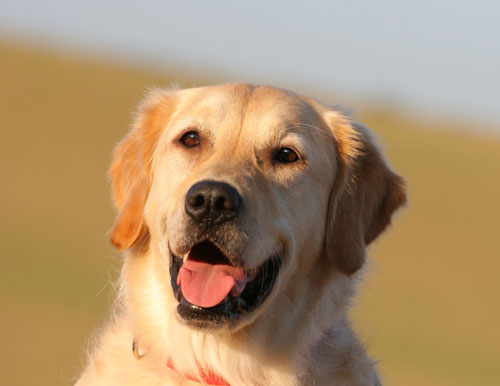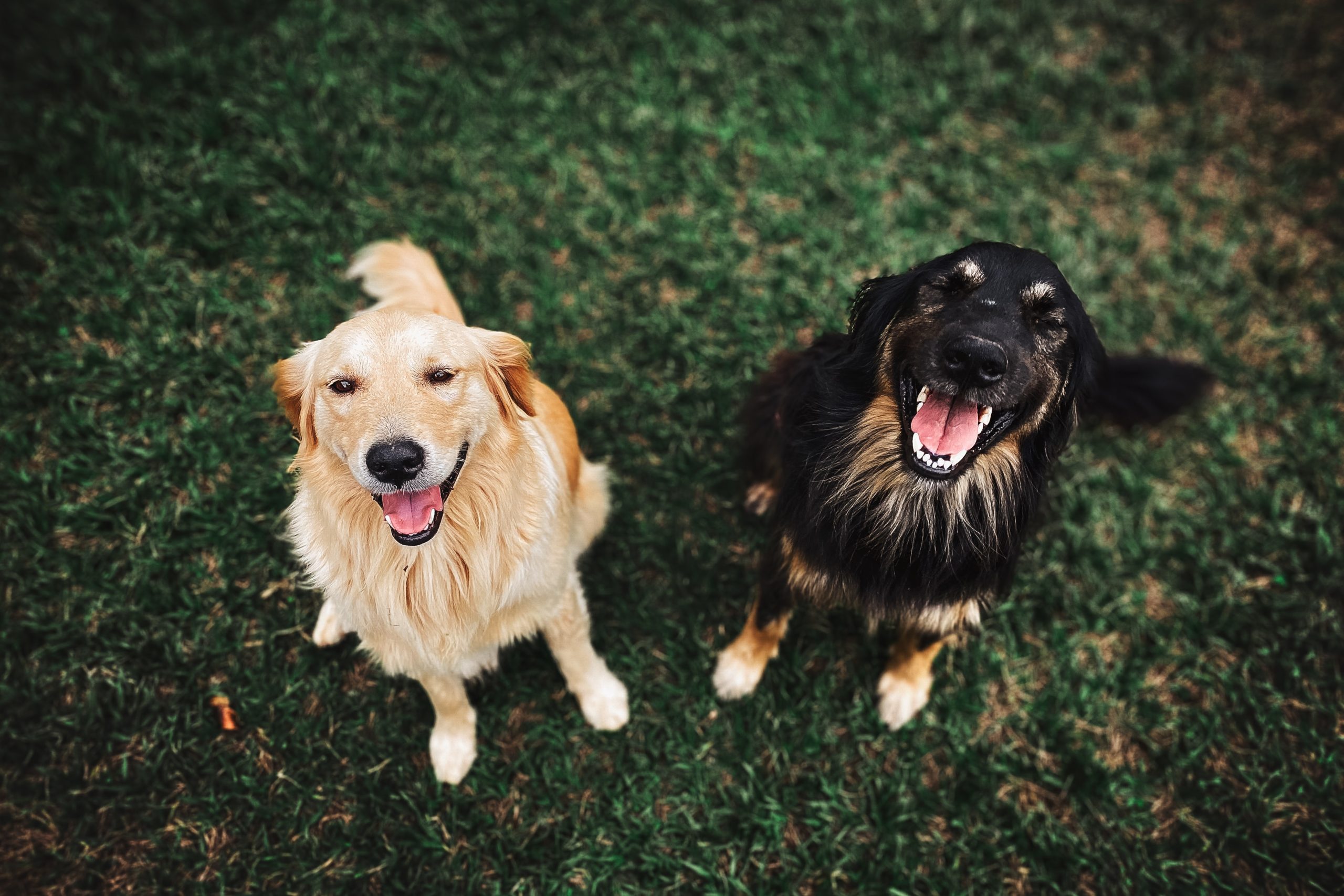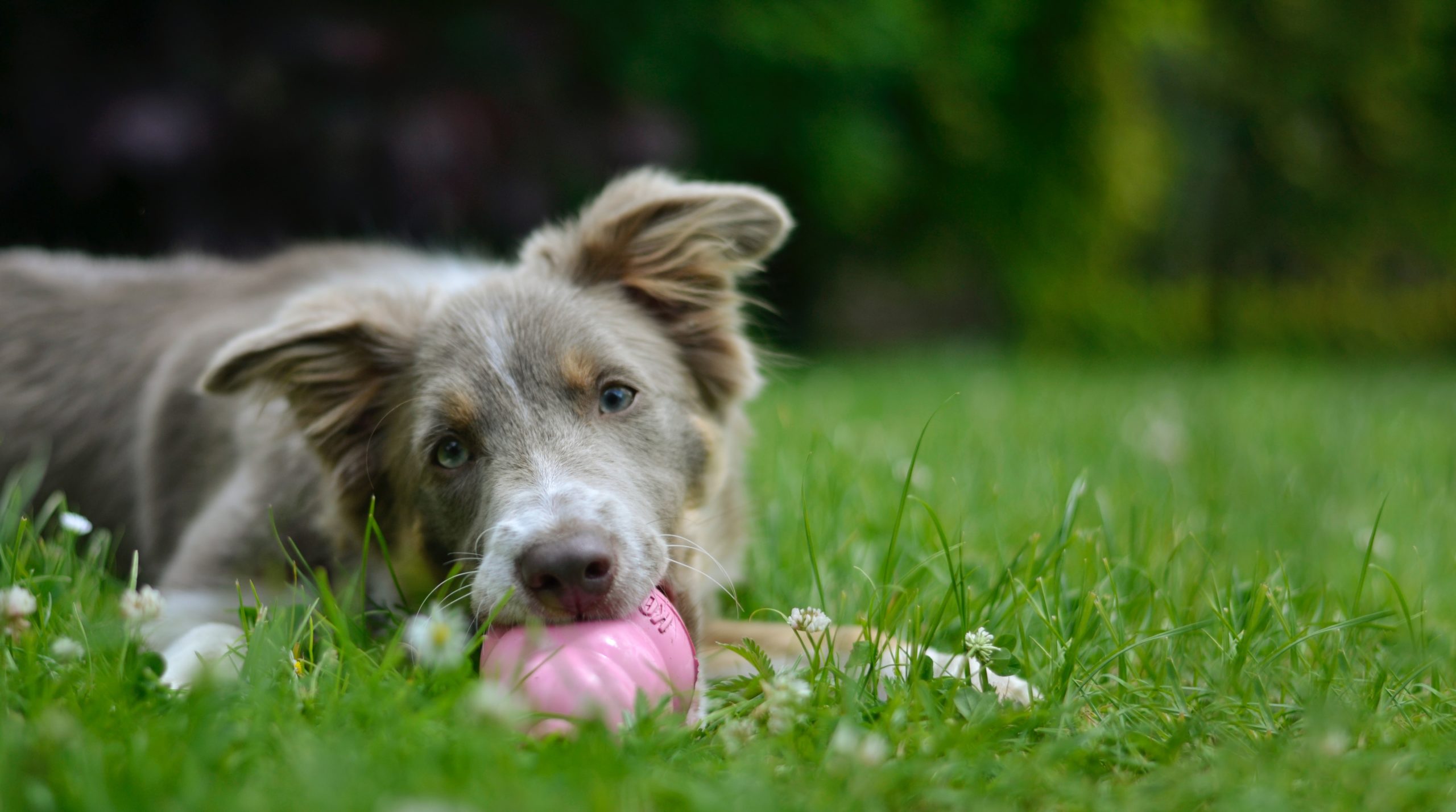Of all the viral diseases that a dog can be plagued by, Canine Parvovirus is one of the most dangerous. Whereas Distemper and Hepatitis are rare now, parvovirus regularly rears its ugly head, causing disease and death in dogs and heartbreak in pet owners. Unvaccinated dogs, especially those under 12 months of age, are most at risk.
Here’s what you need to know about this disease and how to prevent it.
What causes Parvovirus?
Parvovirus disease is a gastroenteritis – a disease that affects the intestinal tract from the stomach to the lower bowel. A similar virus affects mink and also cats where it causes Feline Enteritis. It is also related to a virus in humans where it causes a disease known as the Fifth Disease of Childhood. This disease is also termed the “slapped cheek” syndrome because of the type of rash that appears in an infected child. The human parvovirus also causes illness in adults.
Parvovirus case numbers generally rise in Autumn across Australia. The reason for this Autumn seasonal risk is yet unknown, but further research is being conducted.
What are the signs of Canine Parvovirus infection?
The main sign of parvovirus disease in dogs is profuse, watery diarrhoea that contains blood.
The diarrhoea has an awful smell and affected animals really look unwell. Severe vomiting occurs and the animal suffers from abdominal pain. It is very common for affected dogs to die, especially young pups where their immunity will not be strong. Dehydration develops quickly from the fluid loss that occurs when the animal vomits and develops diarrhoea. This dehydration causes a very quick demise in young pups.
If you are concerned that your dog is infected with parvovirus you really should see your veterinarian. Suspect a parvovirus infection if your dog loses its appetite, lacks energy and is lethargic and depressed. If it starts to produce blood-tinged vomit or diarrhoea, you have no time to lose.
Not all animals with blood-tinged diarrhoea have parvovirus though. Your veterinarian will need to rule out several diseases, including other viruses, intestinal worms and also a disease known as Haemorrhagic Gastroenteritis.
Thankfully, new tests are available that your veterinarian can use in his or her own clinic to diagnose parvovirus quickly. You don’t want to waste time. It’s a nasty disease.
There is no drug your veterinarian can give to kill the parvovirus. A blowtorch may make it turn up its viral toes but that won’t do your dog much good!
It is the animal’s own immunity that will give the virus the boot but animals with parvovirus usually have a suppressed immune system due to the effects of the virus on the bone marrow.
While the animal is trying to get its immune system in order, supportive care is essential.
Veterinarians place animals with parvovirus onto intravenous drips to replace the pet’s lost fluid. Secondary bacterial infections are often a problem. Therefore, antibiotics are generally given. Treatment can take a long time, sometimes up to several weeks.
How can I prevent a parvovirus infection?
Some puppies are gifted with more immunity from their mothers than others. It’s a complicated matter but the maternal antibodies in the dam’s first milk may be present in the puppy for up to 22 weeks or they may not. This is a long time as most of the maternal antibodies to other viruses, such as the distemper virus, only last up to about twelve weeks of age.
The problem is, though, that the maternal immunity may be present for a shorter time or may not be present at all. Your veterinarian cannot tell the difference either.
For this reason, most veterinarians advise an initial vaccination at six to eight weeks of age. The next is given at about twelve weeks of age and another is usually given at sixteen weeks of age or sometimes later.
Rottweilers and Doberman Pinschers seem to be more prone to parvoviral infections and for this reason your veterinarian may well advise additional vaccinations if you own one of these handsome pooches. Your veterinarian may also advise additional vaccinations if your dog is at particular risk.
How do I get rid of the parvovirus from my house?
The parvovirus is a highly contagious bug and survives for a long time free in the environment. It spreads between dogs via small amounts of contaminated faeces that you can carry, for instance, on your shoes. Therefore it is important to clean up after an infection.
Washing the animal’s area with bleach and water in a 1:30 dilution will kill the virus.
Throw out all the bowls and bedding and discard all faeces from the infected dog. Humans can also spread the disease if they contact faecal matter from an infected dog. A particle of faeces that you cannot see can easily infect a susceptible dog, so be very careful about spreading the disease on your hands, clothing and especially on your shoes.
If you have tragically suffered the loss of a pet from parvovirus, replacing that pet is a problem because the virus will be in the soil of your garden and there is little you can do about it. If this is your problem, my advice is to buy a puppy more than six months of age and, most importantly, make sure that the dog has been vaccinated for parvovirus at least three times. I advise getting the dog vaccinated an additional time when you select it and then leave it with its previous owner for another two weeks before you bring it into your yard. Using this technique, your new pooch should be well protected against any parvovirus that is still in your garden.




